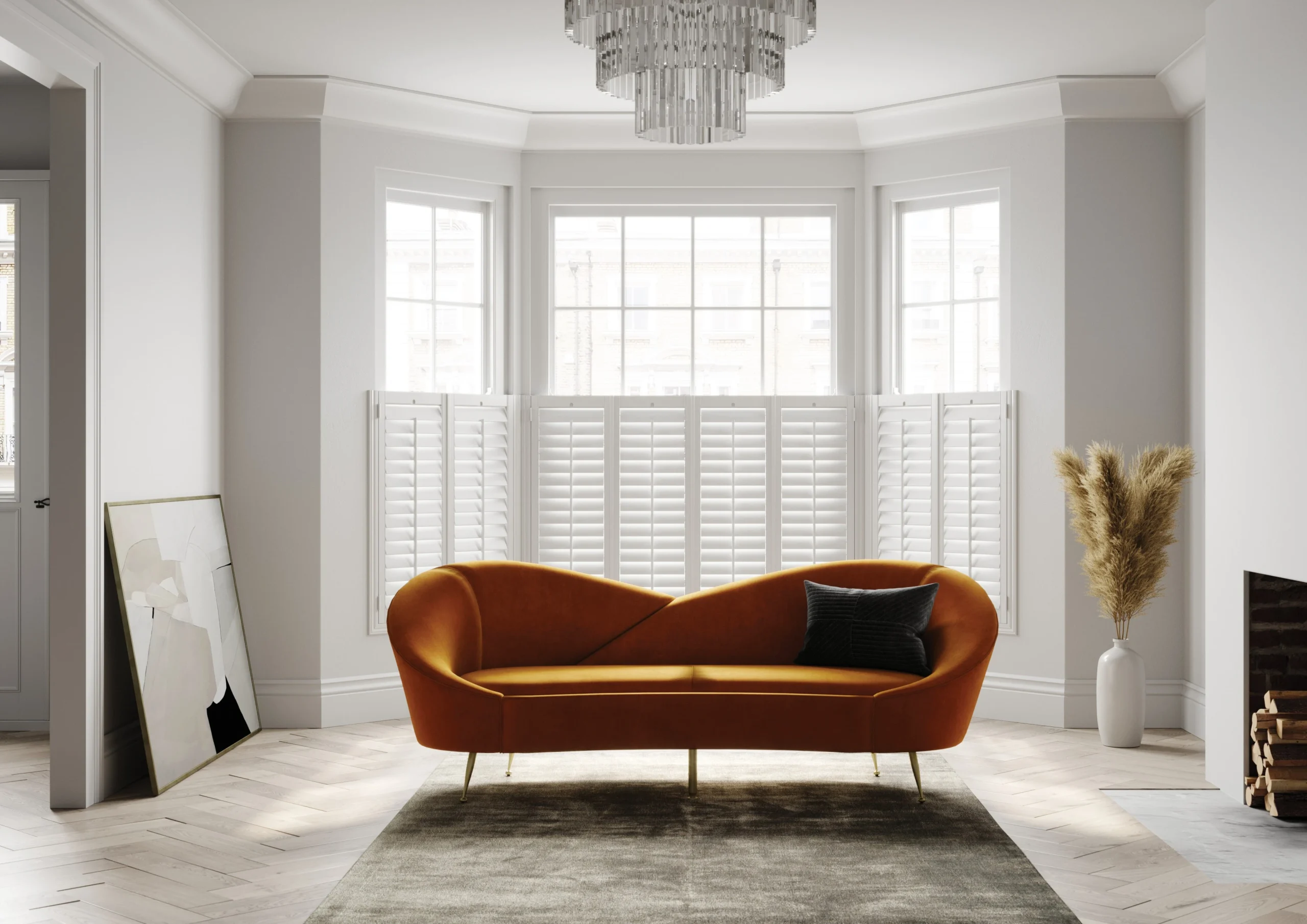The Origins of PVC Window Shutters: A Modern Solution with a Rich History
When it comes to window treatments, PVC window shutters are a modern innovation offering durability, practicality, and aesthetic appeal. While they may seem like a recent trend, their development has deep roots in the evolving history of home design and material technology. In this introductory blog post, we’ll explore the origins of PVC window shutters and how they have become a staple in contemporary homes.
A Brief History of Window Shutters
Window shutters have been around for centuries, originating in ancient Greece and Rome. Originally made of wood, shutters were designed to protect homes from harsh weather conditions and provide privacy. These early shutters were also functional, allowing homeowners to regulate light and ventilation long before the invention of glass windows. As time passed, window shutters spread across Europe, eventually becoming a common feature in homes across the world.
Traditionally, shutters were made from timber, which, while beautiful and sturdy, posed certain challenges—particularly in humid environments. Wood tends to warp, crack, and require frequent maintenance when exposed to moisture. This is where the modern innovation of PVC shutters comes in.
The Rise of PVC as a Material
Polyvinyl chloride (PVC) was first invented in the late 19th century by German chemist Eugen Baumann, but it wasn’t until the 1920s that PVC started being used in practical applications. The material’s durability, water resistance, and versatility made it perfect for a wide range of products, from pipes to flooring. By the mid-20th century, PVC had made its way into the home improvement industry, offering an alternative to more traditional building materials.
In the world of window treatments, PVC began to gain popularity as a substitute for wood shutters in the latter part of the 20th century. PVC’s resistance to moisture, mould, and warping made it an ideal material for window coverings, particularly in humid climates or rooms like kitchens and bathrooms where humidity levels tend to be high.
Why PVC Window Shutters?
PVC window shutters are now one of the most popular choices for homeowners because of their unique combination of durability, low maintenance, and affordability. These shutters mimic the look of traditional wood but require far less upkeep, making them an attractive option for both modern and traditional homes.
Key Advantages of PVC Shutters:
- Water Resistance: Unlike wood, PVC does not absorb moisture, making it ideal for areas with high humidity.
- Low Maintenance: PVC shutters require minimal care—just a quick wipe down to stay clean and fresh.
- Durability: PVC is a long-lasting material that won’t warp, crack, or peel, even in extreme conditions.
- Versatility: Available in a wide range of colours and styles, PVC shutters suit a variety of interior designs, from classic to contemporary.
Conclusion
The evolution of window shutters, from their origins in wood to the modern innovation of PVC, reflects the growing demand for practical, stylish, and sustainable home solutions. PVC window shutters are a perfect example of how material science has transformed traditional home features into durable, low-maintenance, and affordable options for today’s homeowners.
In future blog posts, we’ll explore the different types of PVC shutters, how to care for them, and the best ways to incorporate them into your home design. Stay tuned!

